La Cala Barceloneta — Barcelona, Spain
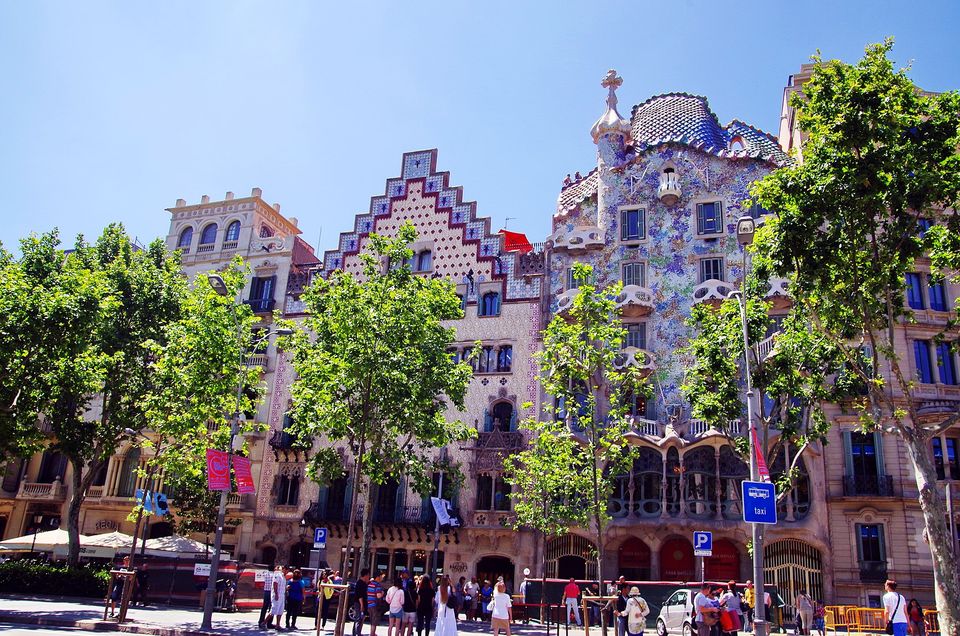
Barcelona, Spain 🇪🇸
Few years in my career as a technology specialist, and I was planning a trip to attend a technology conference in the lovely city of Barcelona. Like usual, I love technology conferences because they give you concentrated scoops of knowledge and experience, and they get you up to speed on the edge of technology innovations. Yet they give you the flexibility in your schedule so you can tour the place you happen to be visiting. Not everything talked about and presented in a conference would be worth your time. So, having some escapes in the day allow you to enrich your life experience while visiting a foreign country.
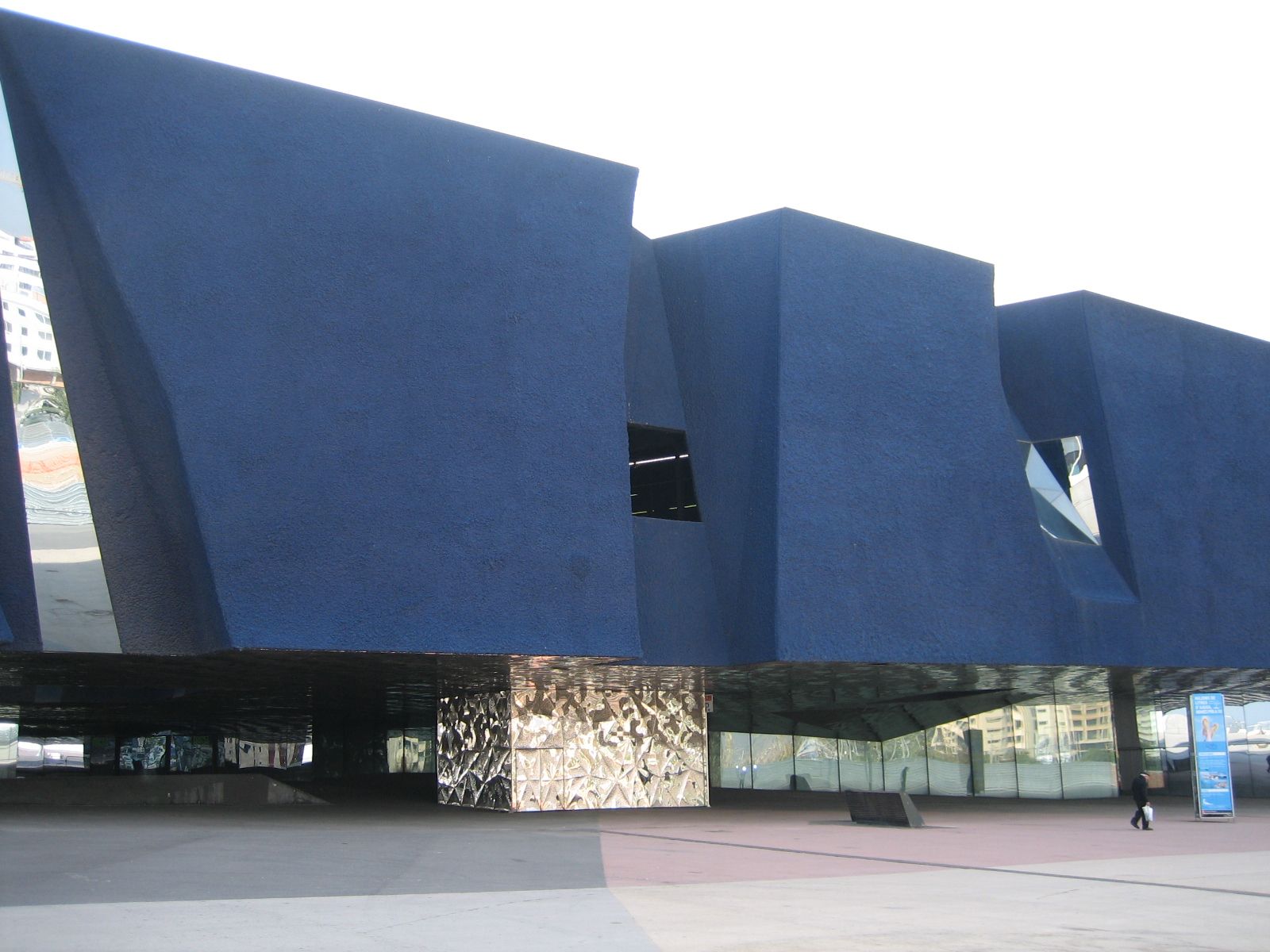

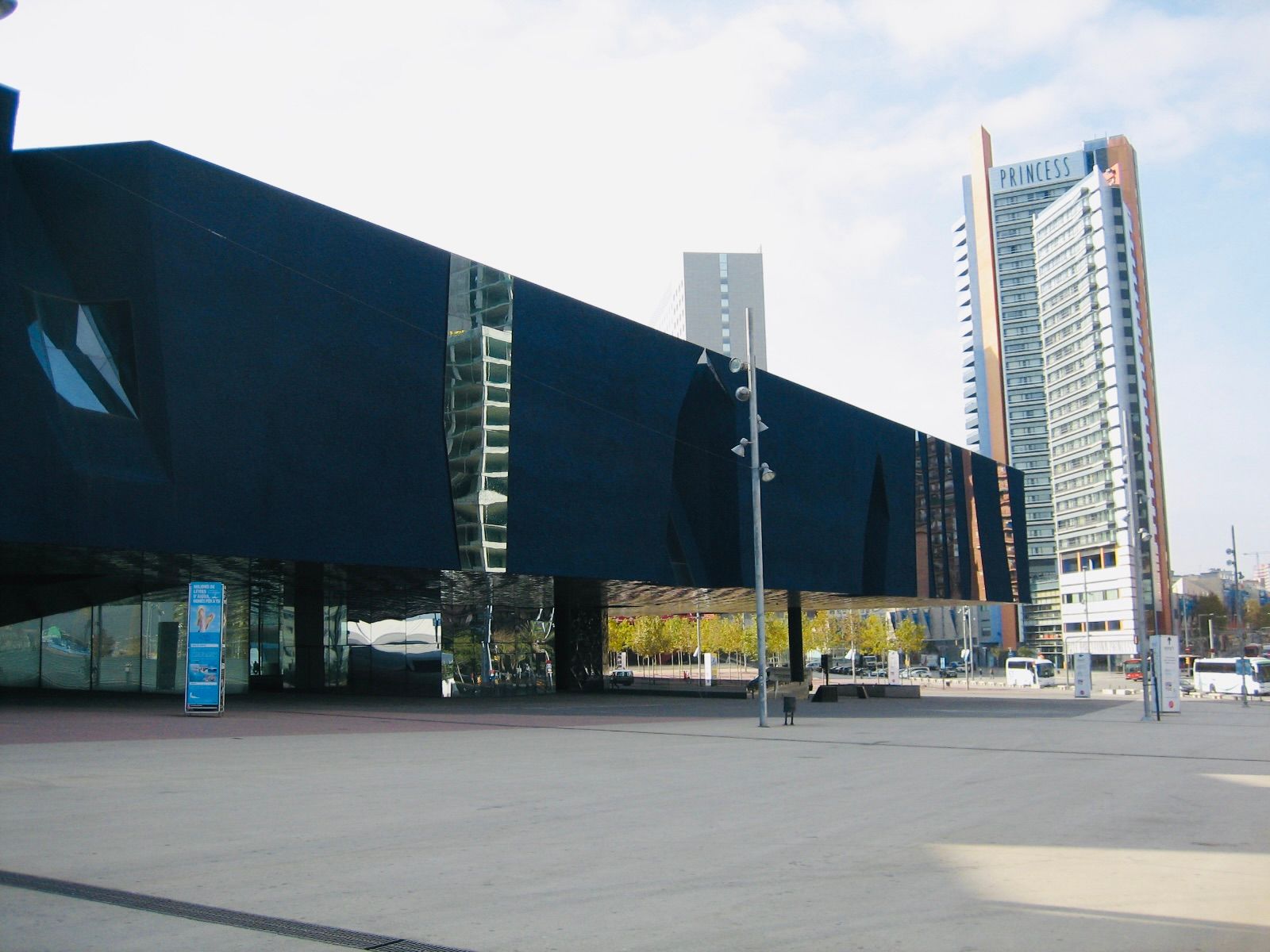
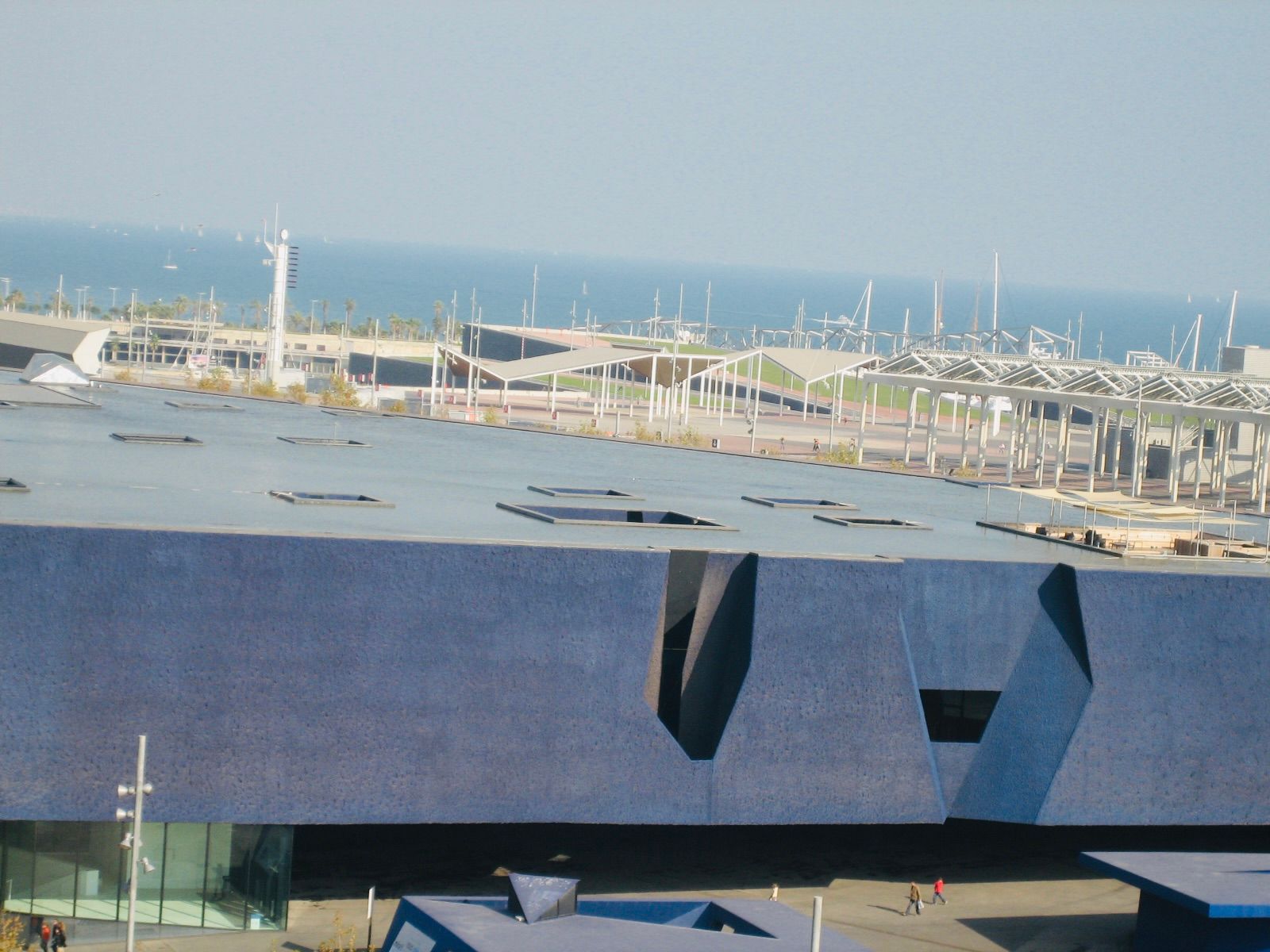
I remember booking a nice and modern hotel just around the corner from the International Barcelona Convention Center. "AC Barcelona", a contemporary and stylish hotel that was fit for my trip. I spent a week there accompanied by my wife and my son. We took the trip around the city attractions, in a time of the year that had a lovely weather. Early November in a Mediterranean city was just a perfect time for a trip that can combine business and leisure.

Barcelona is a city on the coast of northeastern Spain. It is the capital and largest city of the autonomous community of Catalonia, as well as the second most populous municipality of Spain. With a population of 1.6 million within city limits, its urban area extends to numerous neighbouring municipalities within the Province of Barcelona and is home to around 4.8 million people, making it the fifth most populous urban area in the European Union after Paris, the Ruhr area, Madrid, and Milan.
— Wikipedia
La Cala Barceloneta — Pin 📍
In a virtual tour to this city, I wanted to pick a cafe that has a Mediterranean touch. I used map apps to look for a sweet spot on the harbors of Barcelona, that can convey the warmth of Barcelona. I found the following cafe that is nestled in a narrow strip of the harbor lines; “La Cala Barceloneta”. “La Cala” can mean many things in English. It could mean the cove, a narrow inlet of water that extends inside the land. It also could mean the verb “cove” which means concaving or carving out. I am not sure what the owners of this cafe mean by the name exactly. But this cafe is nicely placed on a cove, and had beautifully coved its spot in its busy surroundings.

What really got me so interested in this place is the nice shed outside of it with the pink-peach tables and greenery planting around them. A table outside, in the morning sun, with maybe a bit of clouds, and having a good breakfast is how I would imagine my time in La Cala. It is a small place, but its impression is far and wide on those who frequent it.

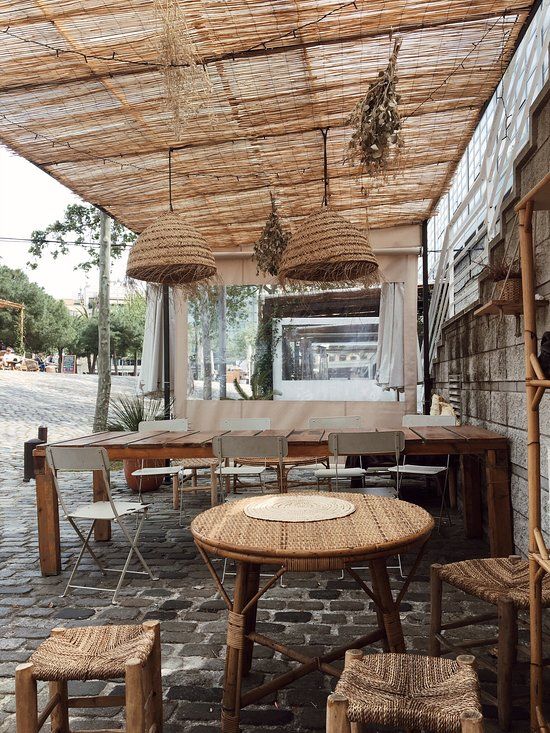
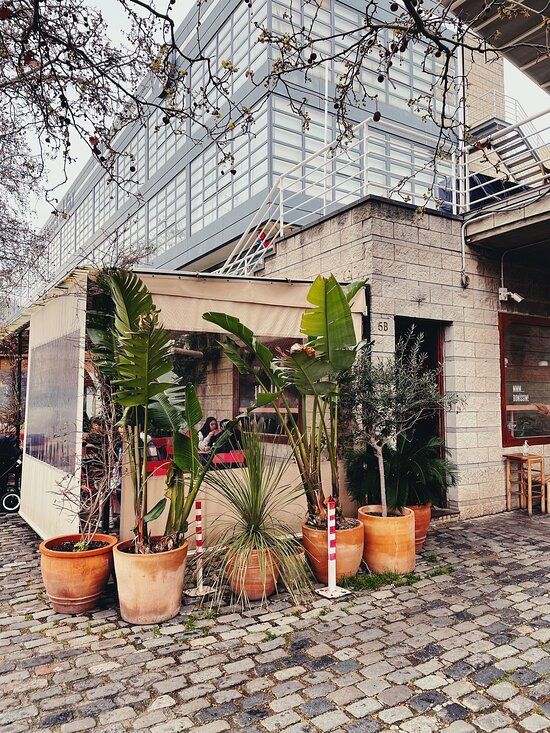
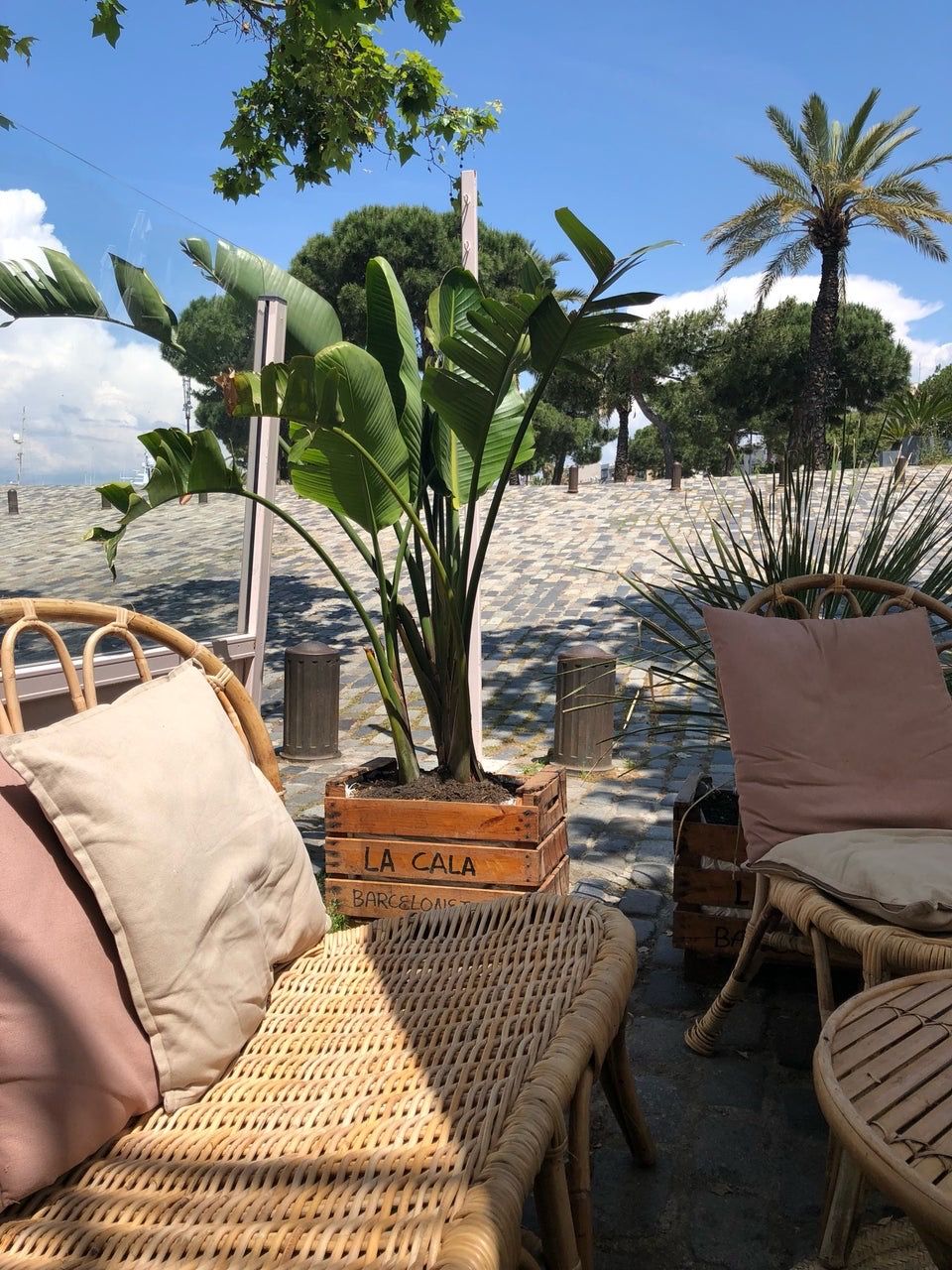
Coved in Green
I am not sure about you, but for me the color green is a natural soother and comforter. We don’t have much of it in our country, but we still do our best to plant natural green in every spot we can. We have some great initiatives around the city of Riyadh, that tries to make it as green and healthy as possible. One is the “Green Riyadh” project. This project is basically coving green and blue in a city that is known for its dry and dusty climate.

Green Riyadh project is one of the most ambitious urban forestation projects in the world. It is one of Riyadh’s Four Megaprojects launched by the Custodian of the Two Holy Mosques, King Salman Bin Abdulaziz, on 19 March 2019. The project will be a milestone that contributes to fulfilling a key goal of the Saudi Vision 2030 to promote Riyadh’s position among the world’s top 100 most livable cities.
— Green Riyadh Project, RCRC
In my house, I have designated five mini spots around the house where it is purely natural green, with absolutely no artificial plants at all. These green spots always fill me with comfort and beauty. I cannot imagine myself going downstairs, or getting in and out of the house without the color of green filling in. It is like green has coved its place inside me, and I inside it.
One plant among the green around my house is what I call my first daughter.. a tree. Almost 13 years ago, I planted it; a Washingtonia as it is called, a beautiful fan palm tree. It was no more than a meter above the ground when I planted it. Now it is almost six meters long, hovering over the above edges of the house. Trees in my house come and go, except my lovely daughter. I should actually name it, I never thought about that before. I guess “Robusta” would be a good name for it.
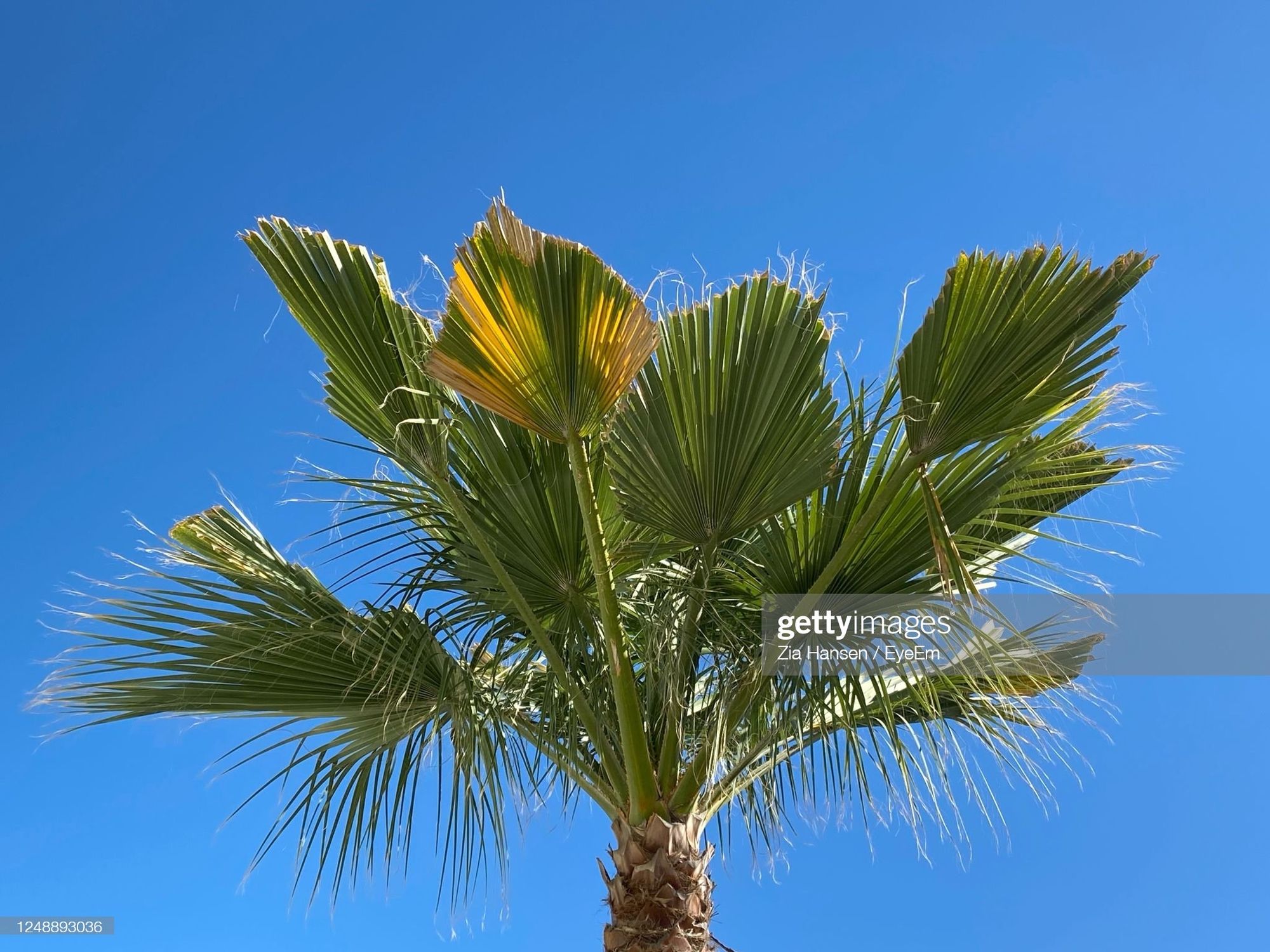
Washingtonia robusta, known by common name as the Mexican fan palm, Mexican washingtonia, or skyduster is a palm tree native to the Baja California peninsula and a small part of Sonora in northwestern Mexico.
— Wikipedia
In exploring this topic, I mean the idea of green color effect on the human psyche, it appears that it is indeed well researched. “Verywell Mind” has an insightful article on the color green and how it affects us psychologically: “What Does the Color Green Mean? - The Color Psychology of Green”.
“The color green can positively affect thinking, relationships, and physical health. Green is also thought to relieve stress and help heal. You'll often find green in the decor of medical facilities.”
— Verywell Mind
So, no wonder that I feel great when I see natural green. According to the article above, “Green is calming, natural, motivating, optimistic, and envious”. I surely can associate all the positive traits above with green, but I don’t remember feeling envious when I see it. I guess I might be envious a little. I now admit I am envious of how beautiful and calming “green” is!
The Secret Lives of Color
The talk of green lead me to thinking about colors. How do we perceive them? both physically and culturally? How do we name them? What kind of aspects we tend to link them to? All these questions and the curiosity to know more about color on a cultural backdrop pointed me to a book that tries to answer these same questions. “The Secret Lives of Color”, by Kassia St Clair, is a book that will take you into a curious journey to understand the different shades of colors and how they named or differentiated, loved and hated, all because of our own perceptions and the eras and cultures we happen to live in.
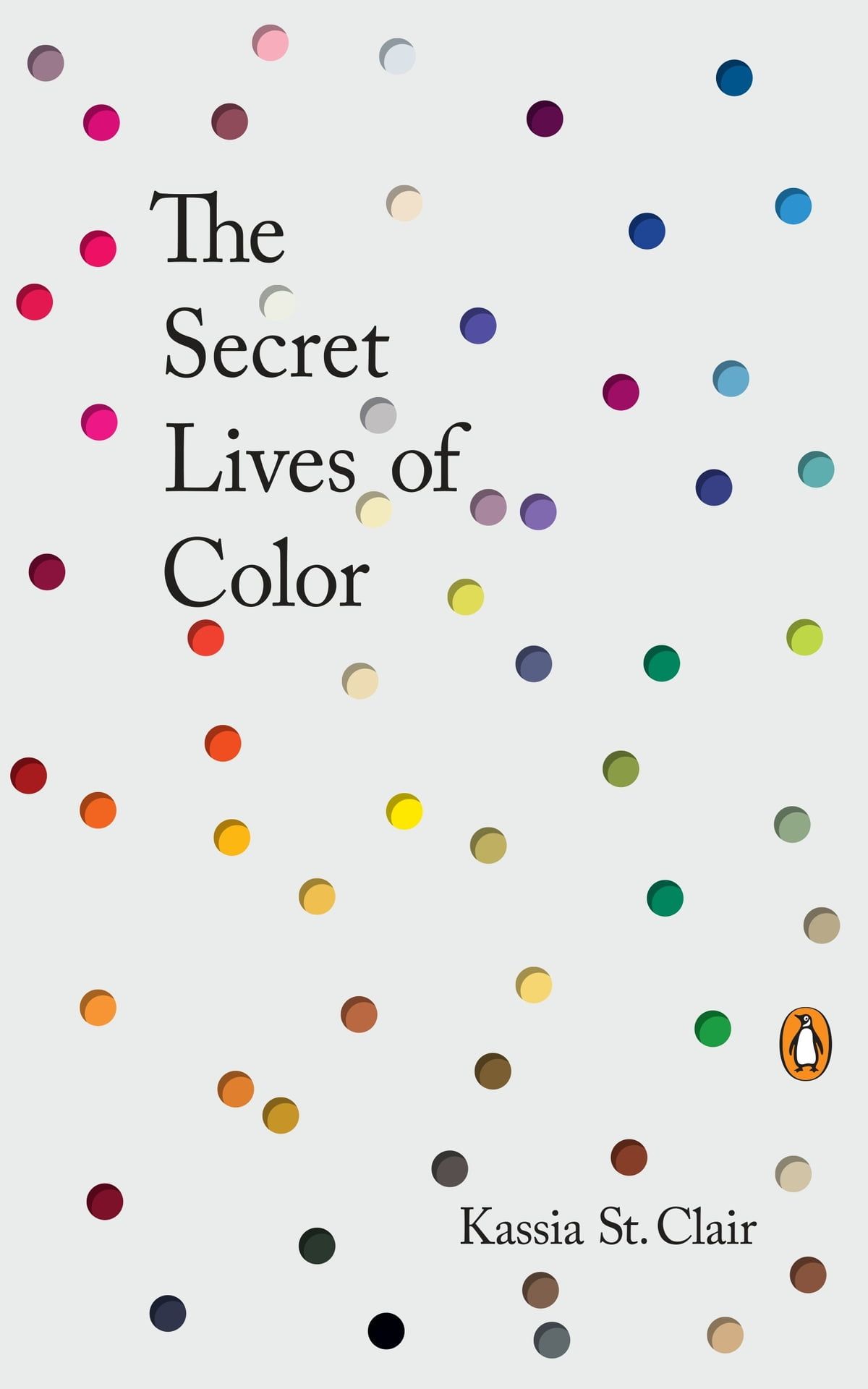
The Secret Lives of Color
The Secret Lives of Color tells the unusual stories of seventy-five fascinating shades, dyes, and hues. From blonde to ginger, the brown that changed the way battles were fought to the white that protected against the plague, Picasso’s blue period to the charcoal on the cave walls at Lascaux, acid yellow to kelly green, and from scarlet women to imperial purple, these surprising stories run like a bright thread throughout history.
In this book, Kassia St. Clair has turned her lifelong obsession with colors and where they come from (whether Van Gogh’s chrome yellow sunflowers or punk’s fluorescent pink) into a unique study of human civilization. Across fashion and politics, art and war, the secret lives of color tell the vivid story of our culture.
A couple of quotes that can get you excited about the book.
“Colors, therefore, should be understood as subjective cultural creations: you could no more meaningfully secure a precise universal definition for all the known shades than you could plot the coordinates of a dream.”
— Kassia St Clair, The Secret Lives of Color
“What we can say for sure is that the language of color is tricky. Children who can discern the difference between a triangle and a square with ease may still struggle differentiating pink from red or orange. We also know that not having a separate word for something does not mean we can’t distinguish it. The Greeks, of course, could see colors perfectly; perhaps they just found them less interesting than we do.”
— Kassia St Clair, The Secret Lives of Color
And a couple more on the beautiful color of “green”.
“Today green tends to conjure up comforting images of countryside and environmentally friendly politics. Despite its association with envy, it is generally seen as a peaceful color and is often associated with luxury and style.”
— Kassia St Clair, The Secret Lives of Color
“For Muslims, for whom ‘paradise’ is almost synonymous with ‘garden,’ green became prominent from the twelfth century. It was the favorite color, along with white, of the Prophet Muhammad. In the Koran, the robes worn in paradise and silk couches scattered amidst the trees are both the color of leaves.”
— Kassia St Clair, The Secret Lives of Color
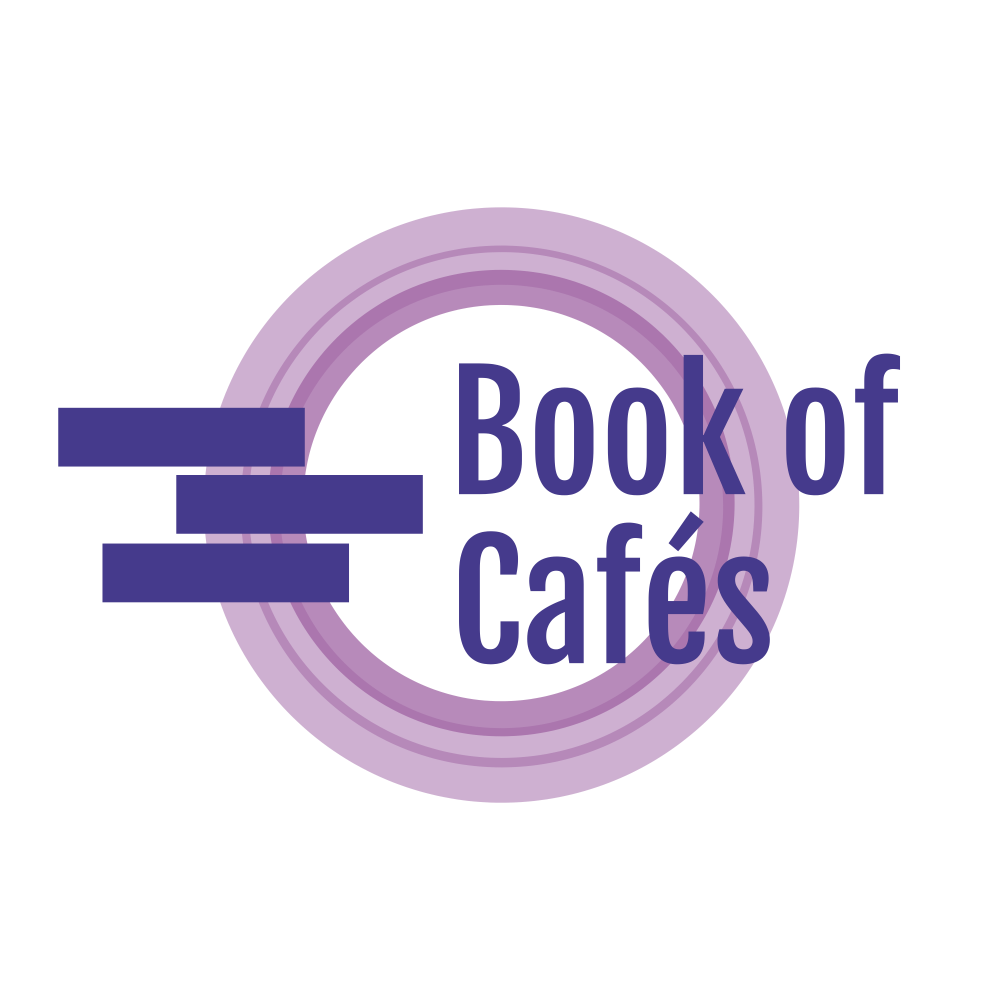
Member discussion